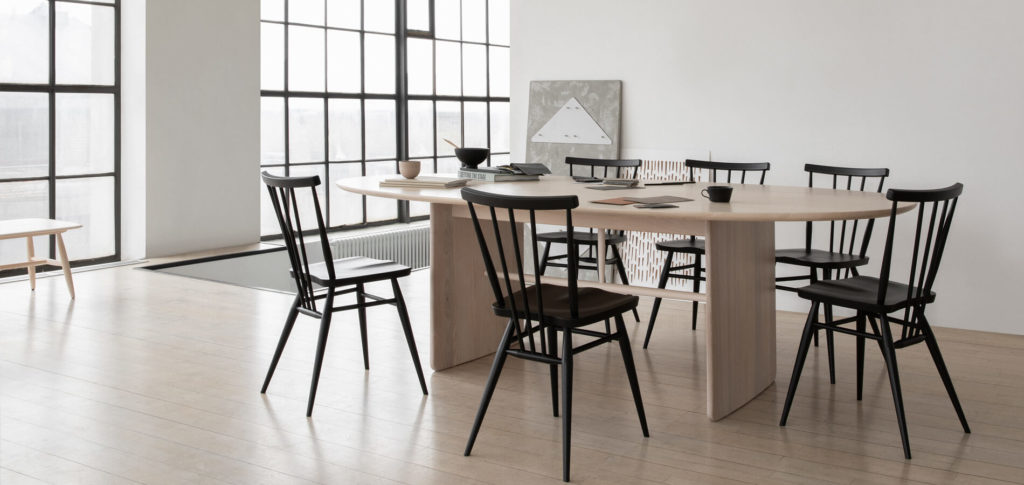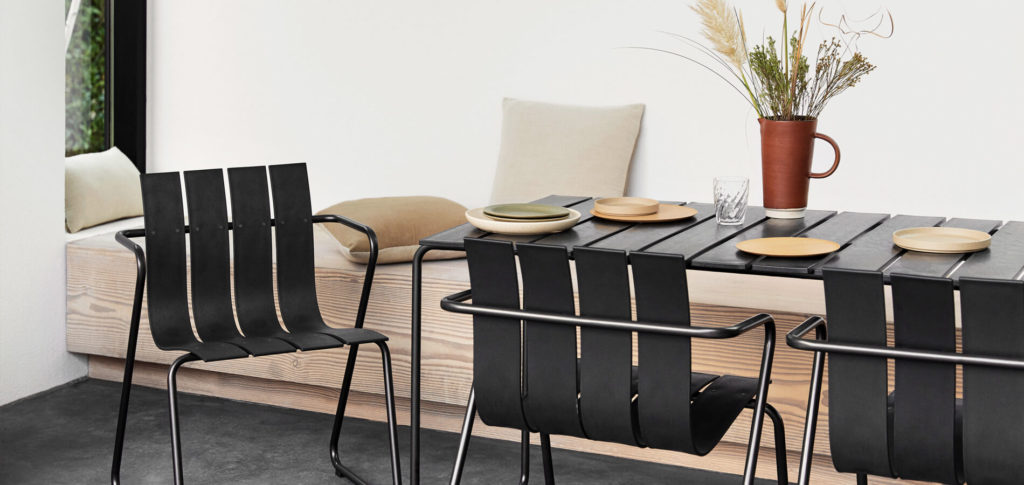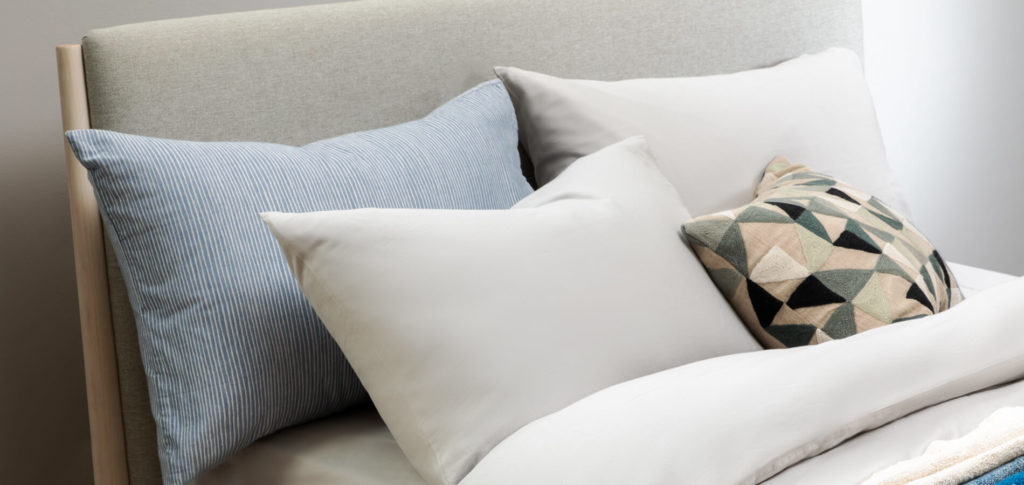The world is becoming more sustainable and environmentally conscious day by day. We’re switching to LED bulbs, cutting meat from our meals and carefully considering every piece of clothing we buy. So, why aren’t we applying the same thought process to buying ethical and sustainable furniture?
This switch to more eco-friendly living isn’t a fleeting fad. Our 2021 survey showed that people are becoming more and more aware that what they do or don’t buy really matters. The material a piece of furniture is made from, the packaging it arrives in and the carbon it takes to deliver it to your home should all be important considerations. Read on to discover how you can make more ethical and sustainable choices when buying furniture.
What is sustainable furniture?
Ethical and sustainable furniture is made in an eco-friendly way and leaves little impact on the planet. Different factors come into this, including where it’s made, how it’s made, who made it and how it’s transported.

When choosing a piece of furniture, ask yourself some key questions. How far has it travelled? What’s it made of and does it come from a sustainable source? Does the factory it’s made in treat its workers well? Is this just a trend? What chemicals are used to make the furniture? Will I be happy using this for the rest of my life? Considering points like these will help you to decide if the piece of furniture fits your criteria of ethical and sustainable furniture.
But remember, ethics and sustainability don’t always come hand in hand when it comes to furniture. After all, a chair could be handcrafted by artisans using local materials, but if it’s shipped from the opposite side of the world it might not fit your criteria. For many people, if it’s a quality piece of furniture that’ll last a lifetime then it’s an easy call.
What are the best ethical and sustainable materials?
It can be hard to choose between materials whilst shopping sustainably. After all, so many materials claim to be eco-friendly and it can be hard to see through the greenwashing. To us, the key thing is that it leaves a minimal impact on the planet, and that it’s made well to last a lifetime. Here are some of the best ethical and sustainable materials around.
Recycled materials
Most of us recycle as much as possible in our day-to-day lives. Now, furniture brands are using our waste to create sustainable furniture from recycled materials. Materials like metal and wood are being reused to create brand new pieces of furniture. Even plastic bottles are being transformed into upholstery, sustainable garden furniture and rugs. Rather than chopping down trees or forging metals, furniture made from recycled materials turns yesterday’s waste into today’s raw material. Without these additional manufacturing steps, the carbon footprint of your new piece of furniture is reduced massively.

Wood
Wood can be one of the most sustainable materials to use when crafting furniture. After all, trees help to absorb carbon dioxide and produce oxygen, making them an essential part of our ecosystem. Plus, it’s a renewable resource, meaning we can continue growing more trees and replenishing our forests, within reason.
However, just because a piece of furniture is made using wood, that doesn’t mean it’s ethical or sustainable. If the forest the wood comes from isn’t well managed or contributes to deforestation then it might be best to pass. Look out for the PEFC and FSC logos as a sign the wood comes from a sustainable source. To find out more information on choosing sustainable wood furniture check out this article.
Organic cotton
When shopping for upholstered furniture like a sofa, headboard or armchair, it’s also important to consider the fabric. Plenty of upholstery materials are made using synthetic fibres so that they can keep up with daily use. For many people that’s a fine choice, but for the most sustainable upholstery we suggest organic cotton.
Cotton is a natural material that comes from plants, making it a renewable fibre. However, not all cotton is grown organically and unfortunately, non-organic cotton is often grown with help from pesticides. These pesticides can seep into the soil and wreak havoc on local ecosystems and water sources. That’s why we suggest organic cotton as the most sustainable and ethical upholstery choice. For the same reasons, organic linen also makes a great upholstery option and even uses less water.

The source of the cotton is also important, as some countries are known to use forced labour to harvest it. The best thing you can do is ask the manufacturer what their policies are and where their cotton comes from. This should help you make an informed choice.
Is quality furniture more sustainable?
Yes, absolutely. Investing in a piece of furniture that you’ll love for a lifetime is far more sustainable than buying fast furniture that breaks in five years, only to be replaced. If a piece of furniture is handcrafted using the best materials, it’s bound to be a household favourite for years to come. Premium materials and long-lasting finishes are key to your furniture lasting a long time. Plus, maintaining your furniture with the right wax, detergent or varnish will help your furniture to last even longer.
Does it matter where my furniture comes from?
Yes, it’s incredibly important to check where your furniture has travelled. Even the most premium furniture often travels around the world. So, do your research to estimate the carbon footprint of your new furniture.
For the lowest possible carbon footprint, look for local suppliers. If they craft their furniture using locally sourced materials, then even better. The most sustainable furniture is often the one closest to home, providing it’s well made using ethical materials and that you’re sure you’ll love it for years to come.
